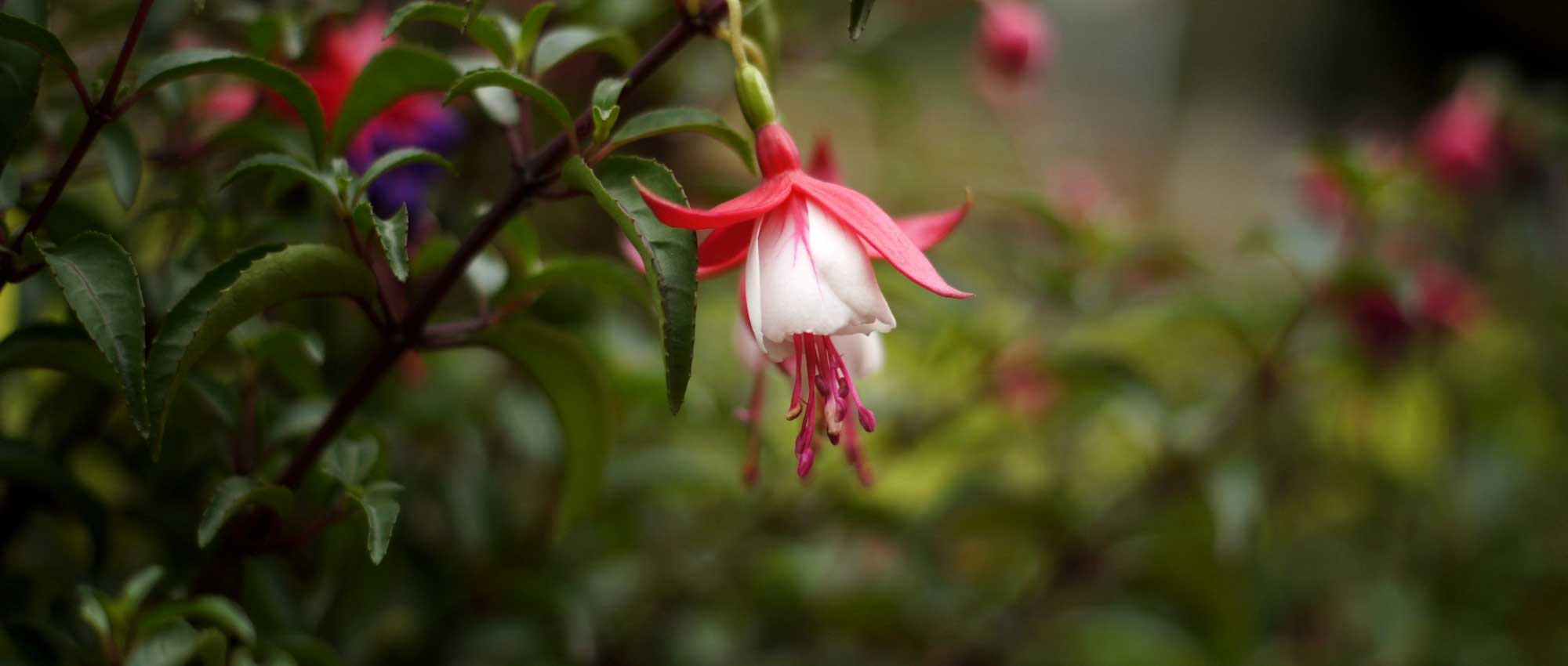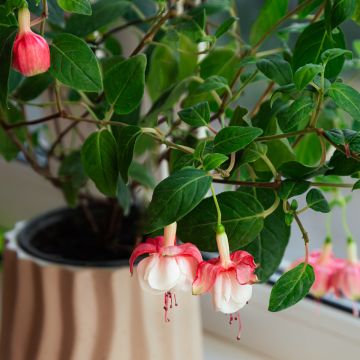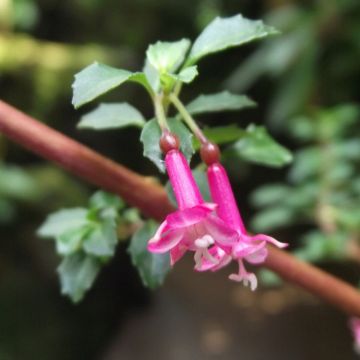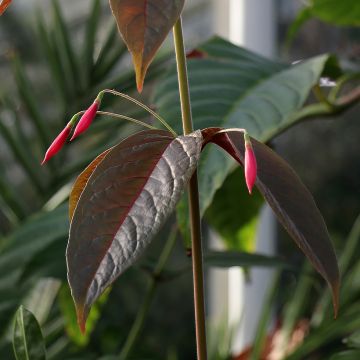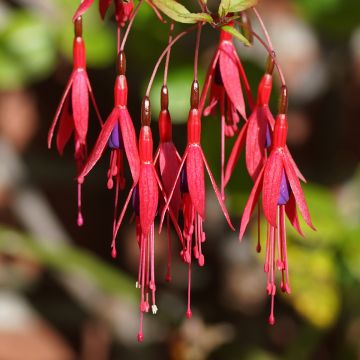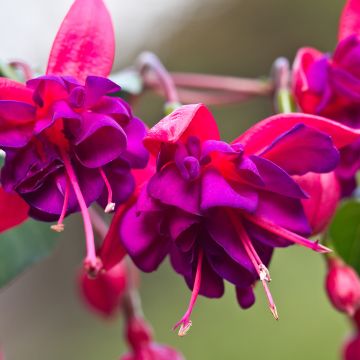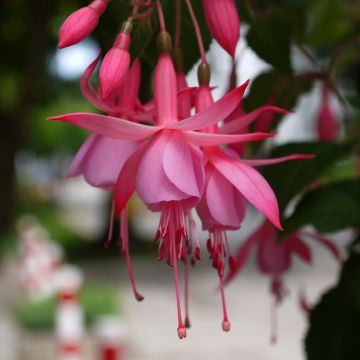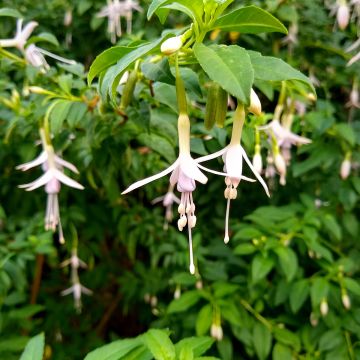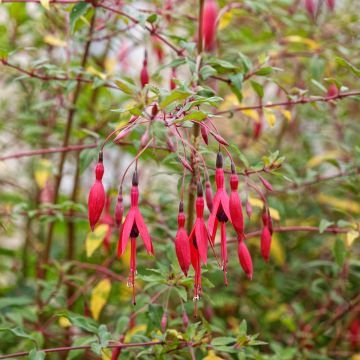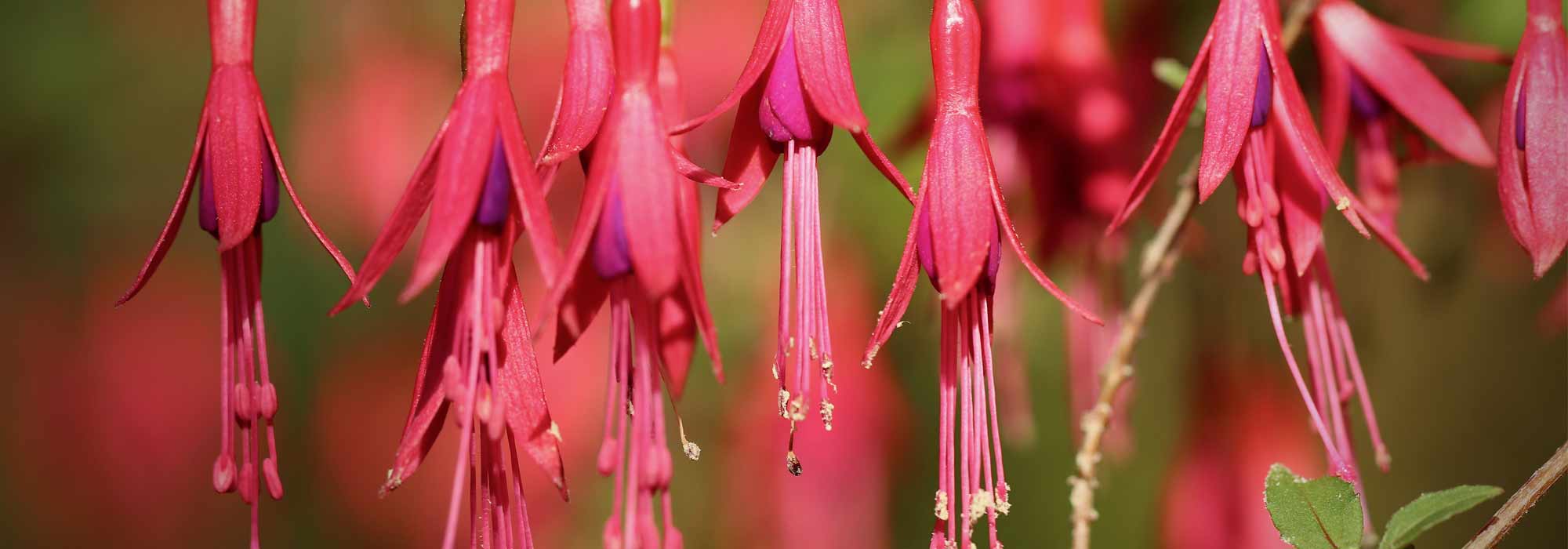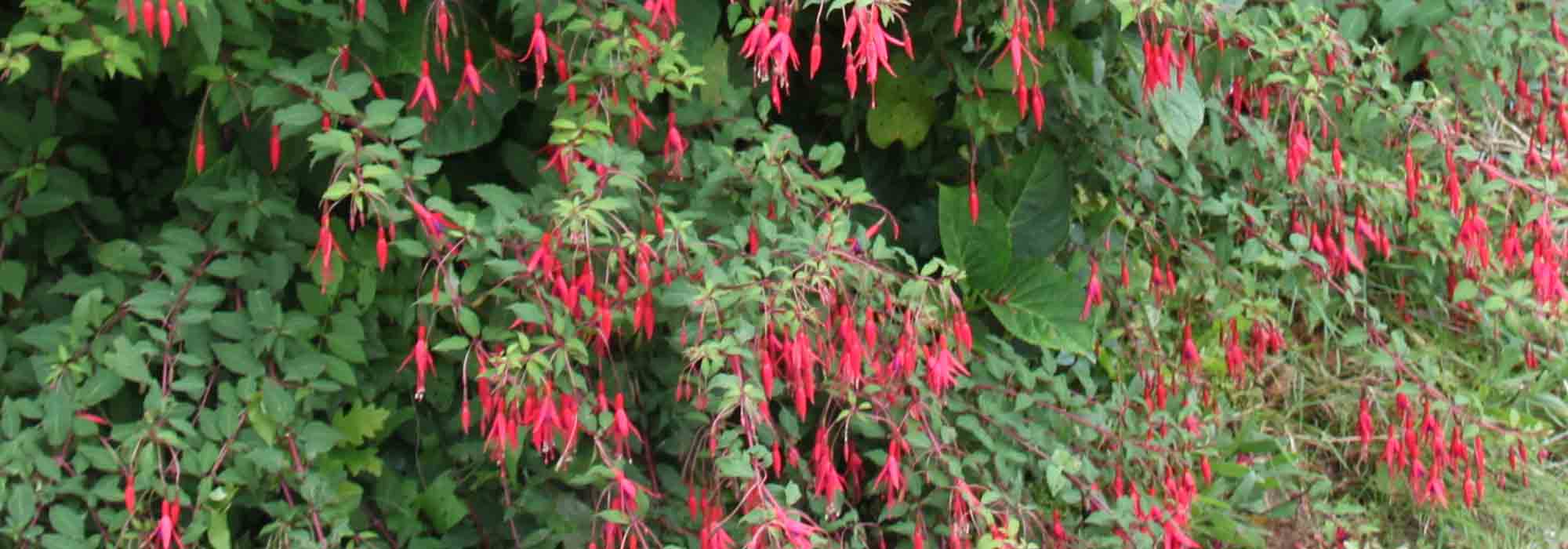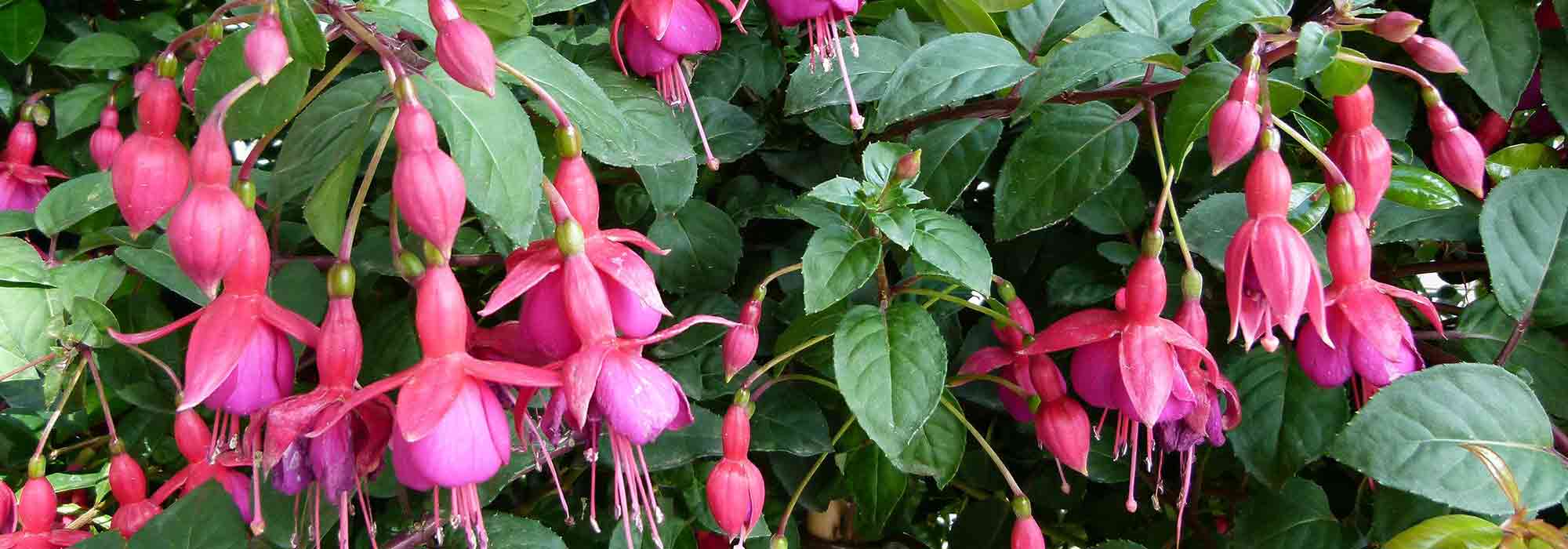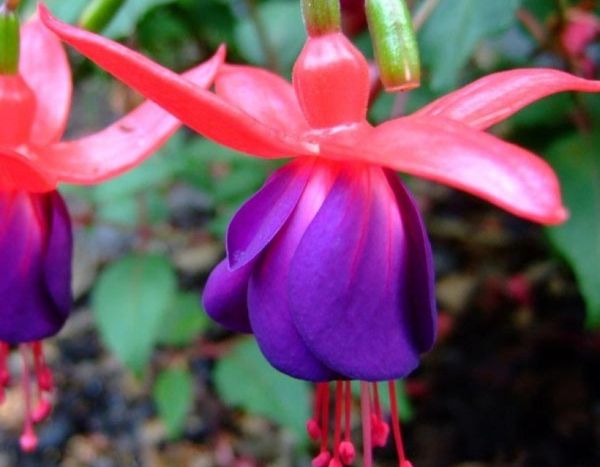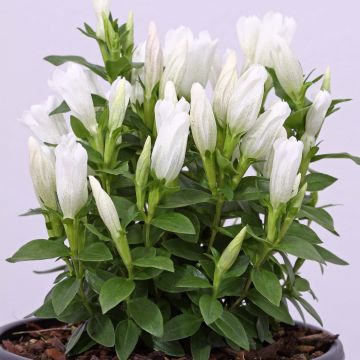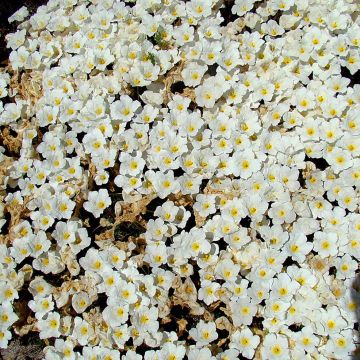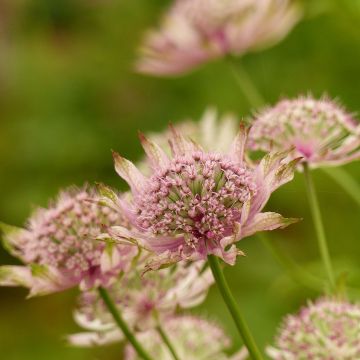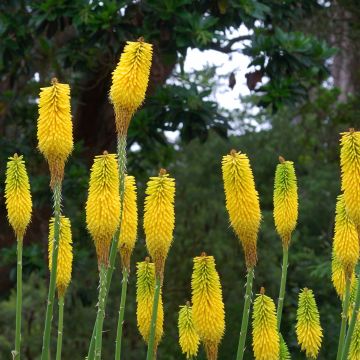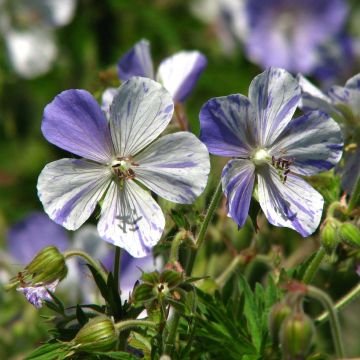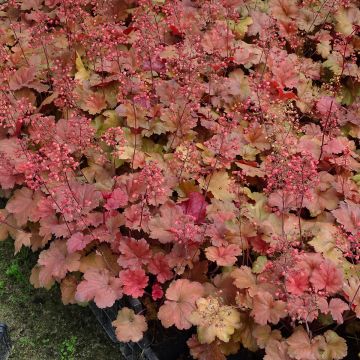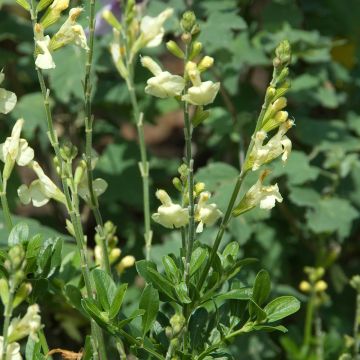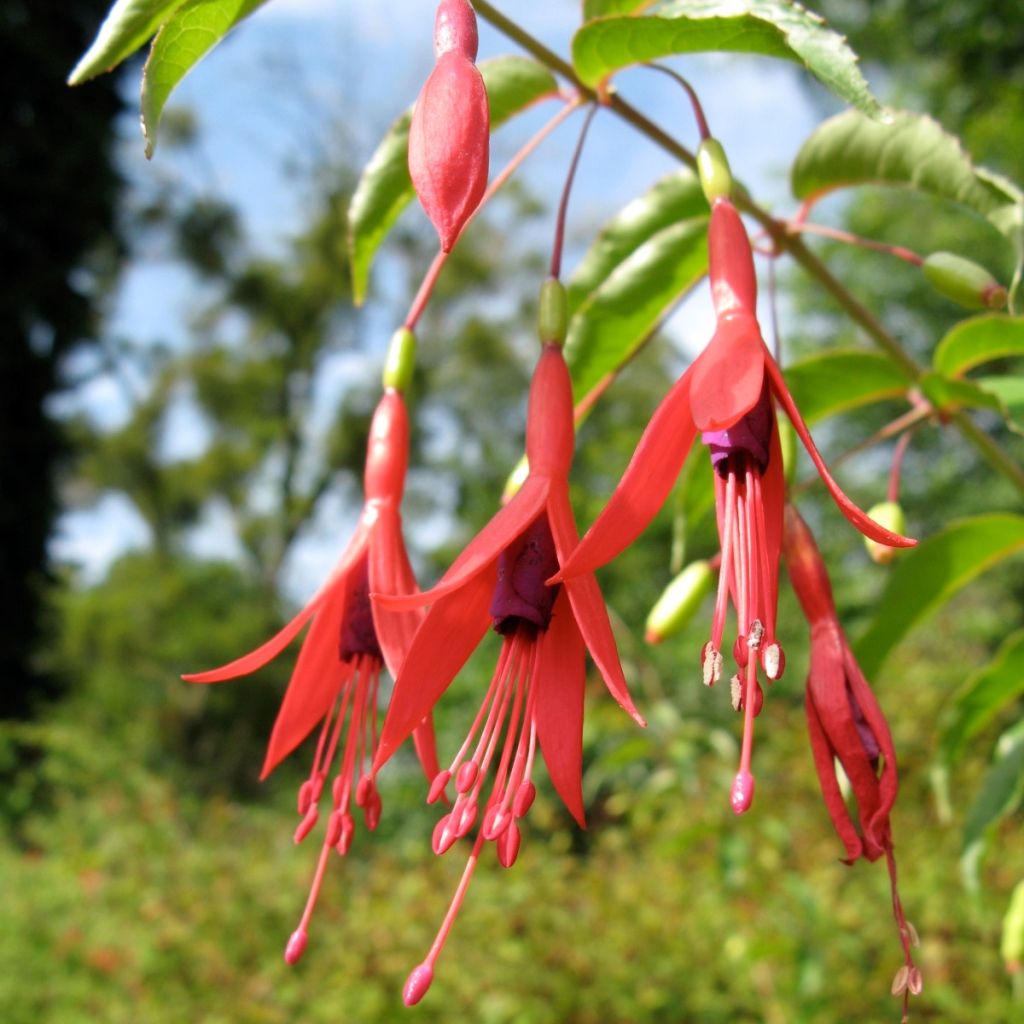

Fuchsia magellanica var. gracilis Aurea
Fuchsia magellanica var. gracilis Aurea
Fuchsia magellanica var. gracilis Aurea
Hummingbird Fuchsia, Hardy Fuchsia, Chilco
Special offer!
Receive a €20 voucher for any order over €90 (excluding delivery costs, credit notes, and plastic-free options)!
1- Add your favorite plants to your cart.
2- Once you have reached €90, confirm your order (you can even choose the delivery date!).
3- As soon as your order is shipped, you will receive an email containing your voucher code, valid for 3 months (90 days).
Your voucher is unique and can only be used once, for any order with a minimum value of €20, excluding delivery costs.
Can be combined with other current offers, non-divisible and non-refundable.
Home or relay delivery (depending on size and destination)
Schedule delivery date,
and select date in basket
This plant carries a 6 months recovery warranty
More information
We guarantee the quality of our plants for a full growing cycle, and will replace at our expense any plant that fails to recover under normal climatic and planting conditions.

Would this plant suit my garden?
Set up your Plantfit profile →
Description
The Fuchsia magellanica var.gracilis Aurea or Magellan Fuchsia, distinguishes itself from the species with its golden foliage, very bright in shaded areas of the garden. This colourful little bush forms red stems that bear long bronze-yellow leaves and a multitude of long bicolour bells, red and violet-purple, so light that they seem to dance at the slightest breeze. It will accompany hydrangeas with its long flowering, alongside autumn asters and finally the most beautiful autumn foliage. This variety, endowed with good hardiness, should be planted in semi-shade or even shade, in a moist soil without excessive limestone, in open ground or even in a large pot on the terrace.
The Fuchsia magellanica var.gracilis 'Aurea', named after the Strait of Magellan, its region of origin, is a bush from the Onagraceae family. This plant with an upright but slightly trailing habit distinguishes itself by its smaller size than the species and its foliage clearly tinted yellow. It can reach a height of 80 cm (31.5 in) to 1 m (3 ft 4 in), with a spread of 60 cm (23.6 in). Its oval and elliptical leaves are shiny, initially green-yellow and then tinted with bronze, traversed by red veins and attached to very dark branches by red petioles. This vegetation makes a magnificent background for the flowers. They are numerous, very light and generously bloom throughout the summer, from June to November. Shaped like 4 cm (1.6 in) long bells, they hang at the end of the stems, swaying in the wind. They are composed of a long fleshy calyx with four sharp-pointed sepals in a pinkish-red, in which a violet corolla is embedded. Long red stamens emerge from it. The entire plant is remarkably colourful. The flowering is followed by the formation of small black fruits.
The Fuchsia is a somewhat forgotten bush that only needs to be rediscovered. The shades of this 'Aurea' variety are splendid as are its delicate and colourful flowers; care should be taken not to drown them in an excess of flowers that would overshadow their beauty. It will be enhanced by foliage plants with similar cultivation requirements, such as actaea, physocarpus, ferns, rodgersias or even European spindle trees, splendidly red in October. It finds its place in the background or in the middle of a flower bed, depending on the size of your garden, forming an original backdrop. This bush also serves as a base for shade or semi-shade compositions, in which it brings its bright hues. It can also be kept in a large pot on the terrace or balcony, to enjoy its extraordinary colours for a long time.
Fuchsia magellanica var. gracilis Aurea in pictures
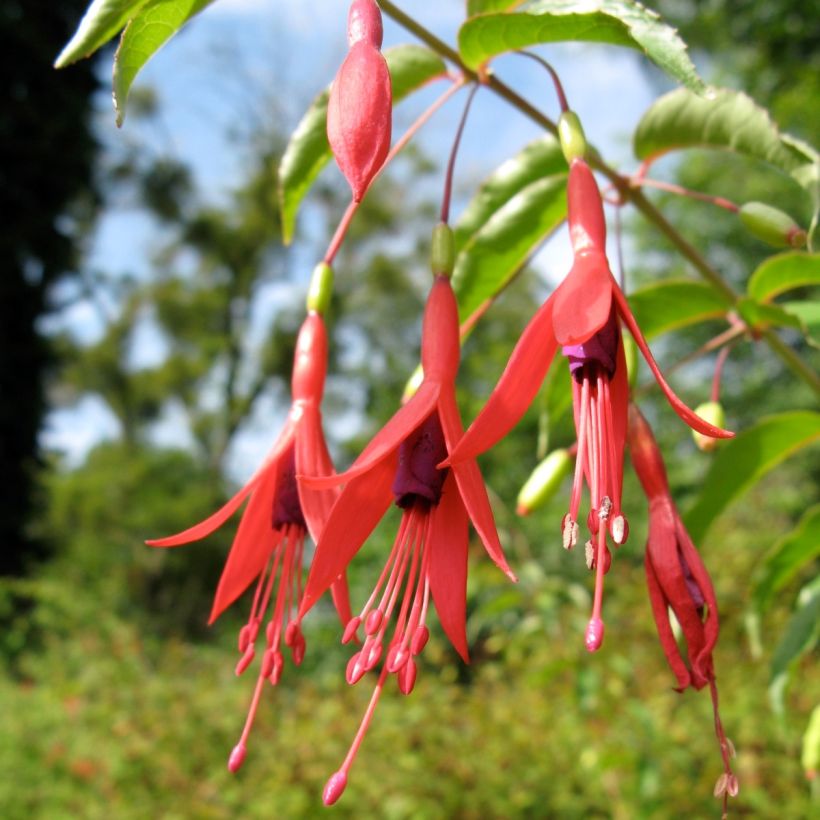

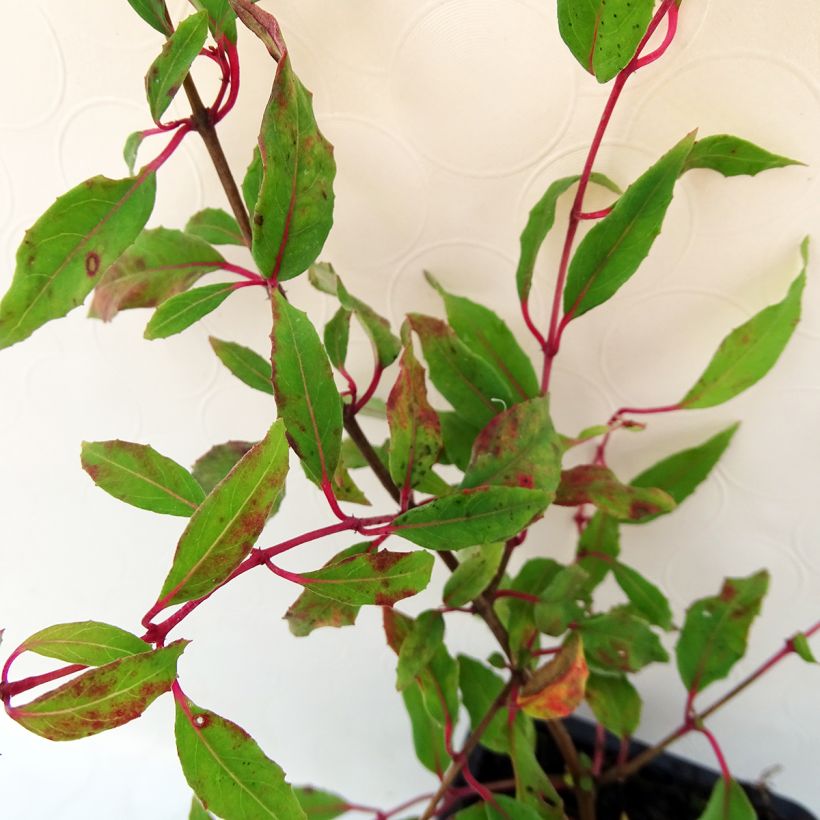

Flowering
Foliage
Plant habit
Botanical data
Fuchsia
magellanica var. gracilis
Aurea
Onagraceae
Hummingbird Fuchsia, Hardy Fuchsia, Chilco
Cultivar or hybrid
Other Perennial Fuchsia
View all →Planting and care
In colder regions, stumps will benefit from being protected with a layer of dead leaves after cutting the foliage to 10 cm (3.9 in) above the ground. During mild winters, the foliage persists but we still cut it back quite low in spring and keep it vigorous.
The Fuchsia magellanica var. gracilis Aurea thrives in shade or partial shade in a cool, rather fertile, slightly acidic soil, light and well-draining, retaining moisture in summer. It does not tolerate scorching sun or waterlogged soils in winter. You can add some gravel to the bottom of the planting hole when you plant it.
Its leaves are deciduous as soon as the temperature drops to -4°C (24.8 °F) and its stems droop below -10°C (14 °F). However, if your climate is harsher and there are intense frosts (-12°C (10.4 °F)), the stems will not survive, which will not endanger your Fuchsia. You will then prune them and protect the stump by mulching or mounding. The stems will regrow vigorously in spring. You will prune the stems again if necessary in early spring, removing the dry parts.
Planting period
Intended location
Care
Planting & care advice
This item has not been reviewed yet - be the first to leave a review about it.
Similar products
Haven't found what you were looking for?
Hardiness is the lowest winter temperature a plant can endure without suffering serious damage or even dying. However, hardiness is affected by location (a sheltered area, such as a patio), protection (winter cover) and soil type (hardiness is improved by well-drained soil).

Photo Sharing Terms & Conditions
In order to encourage gardeners to interact and share their experiences, Promesse de fleurs offers various media enabling content to be uploaded onto its Site - in particular via the ‘Photo sharing’ module.
The User agrees to refrain from:
- Posting any content that is illegal, prejudicial, insulting, racist, inciteful to hatred, revisionist, contrary to public decency, that infringes on privacy or on the privacy rights of third parties, in particular the publicity rights of persons and goods, intellectual property rights, or the right to privacy.
- Submitting content on behalf of a third party;
- Impersonate the identity of a third party and/or publish any personal information about a third party;
In general, the User undertakes to refrain from any unethical behaviour.
All Content (in particular text, comments, files, images, photos, videos, creative works, etc.), which may be subject to property or intellectual property rights, image or other private rights, shall remain the property of the User, subject to the limited rights granted by the terms of the licence granted by Promesse de fleurs as stated below. Users are at liberty to publish or not to publish such Content on the Site, notably via the ‘Photo Sharing’ facility, and accept that this Content shall be made public and freely accessible, notably on the Internet.
Users further acknowledge, undertake to have ,and guarantee that they hold all necessary rights and permissions to publish such material on the Site, in particular with regard to the legislation in force pertaining to any privacy, property, intellectual property, image, or contractual rights, or rights of any other nature. By publishing such Content on the Site, Users acknowledge accepting full liability as publishers of the Content within the meaning of the law, and grant Promesse de fleurs, free of charge, an inclusive, worldwide licence for the said Content for the entire duration of its publication, including all reproduction, representation, up/downloading, displaying, performing, transmission, and storage rights.
Users also grant permission for their name to be linked to the Content and accept that this link may not always be made available.
By engaging in posting material, Users consent to their Content becoming automatically accessible on the Internet, in particular on other sites and/or blogs and/or web pages of the Promesse de fleurs site, including in particular social pages and the Promesse de fleurs catalogue.
Users may secure the removal of entrusted content free of charge by issuing a simple request via our contact form.
The flowering period indicated on our website applies to countries and regions located in USDA zone 8 (France, the United Kingdom, Ireland, the Netherlands, etc.)
It will vary according to where you live:
- In zones 9 to 10 (Italy, Spain, Greece, etc.), flowering will occur about 2 to 4 weeks earlier.
- In zones 6 to 7 (Germany, Poland, Slovenia, and lower mountainous regions), flowering will be delayed by 2 to 3 weeks.
- In zone 5 (Central Europe, Scandinavia), blooming will be delayed by 3 to 5 weeks.
In temperate climates, pruning of spring-flowering shrubs (forsythia, spireas, etc.) should be done just after flowering.
Pruning of summer-flowering shrubs (Indian Lilac, Perovskia, etc.) can be done in winter or spring.
In cold regions as well as with frost-sensitive plants, avoid pruning too early when severe frosts may still occur.
The planting period indicated on our website applies to countries and regions located in USDA zone 8 (France, United Kingdom, Ireland, Netherlands).
It will vary according to where you live:
- In Mediterranean zones (Marseille, Madrid, Milan, etc.), autumn and winter are the best planting periods.
- In continental zones (Strasbourg, Munich, Vienna, etc.), delay planting by 2 to 3 weeks in spring and bring it forward by 2 to 4 weeks in autumn.
- In mountainous regions (the Alps, Pyrenees, Carpathians, etc.), it is best to plant in late spring (May-June) or late summer (August-September).
The harvesting period indicated on our website applies to countries and regions in USDA zone 8 (France, England, Ireland, the Netherlands).
In colder areas (Scandinavia, Poland, Austria...) fruit and vegetable harvests are likely to be delayed by 3-4 weeks.
In warmer areas (Italy, Spain, Greece, etc.), harvesting will probably take place earlier, depending on weather conditions.
The sowing periods indicated on our website apply to countries and regions within USDA Zone 8 (France, UK, Ireland, Netherlands).
In colder areas (Scandinavia, Poland, Austria...), delay any outdoor sowing by 3-4 weeks, or sow under glass.
In warmer climes (Italy, Spain, Greece, etc.), bring outdoor sowing forward by a few weeks.






























